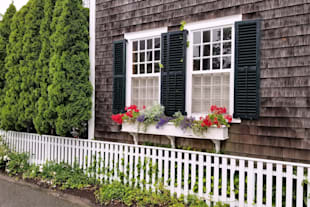Enhancing Energy Efficiency within Heritage Constraints
Listed buildings in the UK are considered national treasures, epitomising the nation’s historical and architectural heritage. However, preserving their aesthetic and structural integrity often involves stringent regulations, especially concerning alterations. Thin double glazing has emerged as a viable solution for enhancing the energy efficiency of these historical structures without compromising their character. It offers a discreet way of improving thermal performance, an important consideration in the sustainability goals set forth by UK conservation policies.
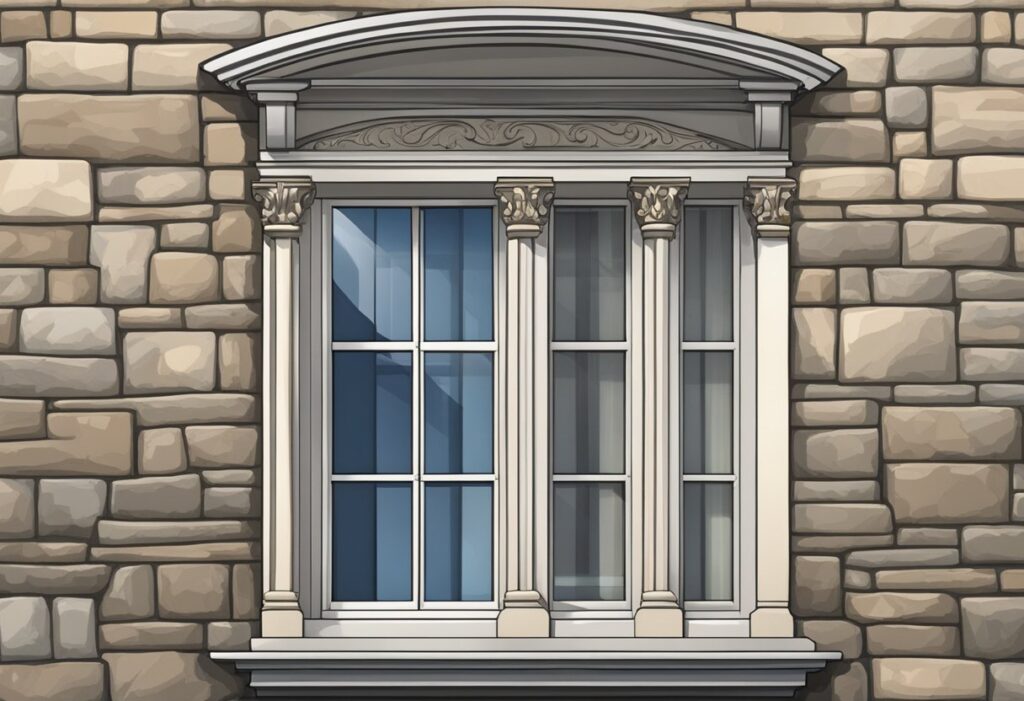
The installation of thin double glazing in listed buildings poses unique challenges. Traditional double glazing units are typically too thick and visually intrusive, thus unsuitable for the delicate profiles of heritage windows. Thin double glazing, on the other hand, is designed to fit within the existing framework of these windows, providing an almost invisible upgrade. This technology bridges the gap between maintaining the original appearance of a listed building and meeting modern standards of comfort and energy conservation.
Engaging with the specific requirements for listed buildings is crucial in the decision-making process for upgrades. Property owners must navigate the balance between retaining the building’s historical features and making it habitable for contemporary use. Thin double glazing serves as a testament to the evolving nature of building preservation, where functionality and heritage protection go hand in hand, ensuring the longevity and relevance of the UK’s celebrated listed buildings for future generations.
Benefits of Thin Double Glazing for Listed Buildings
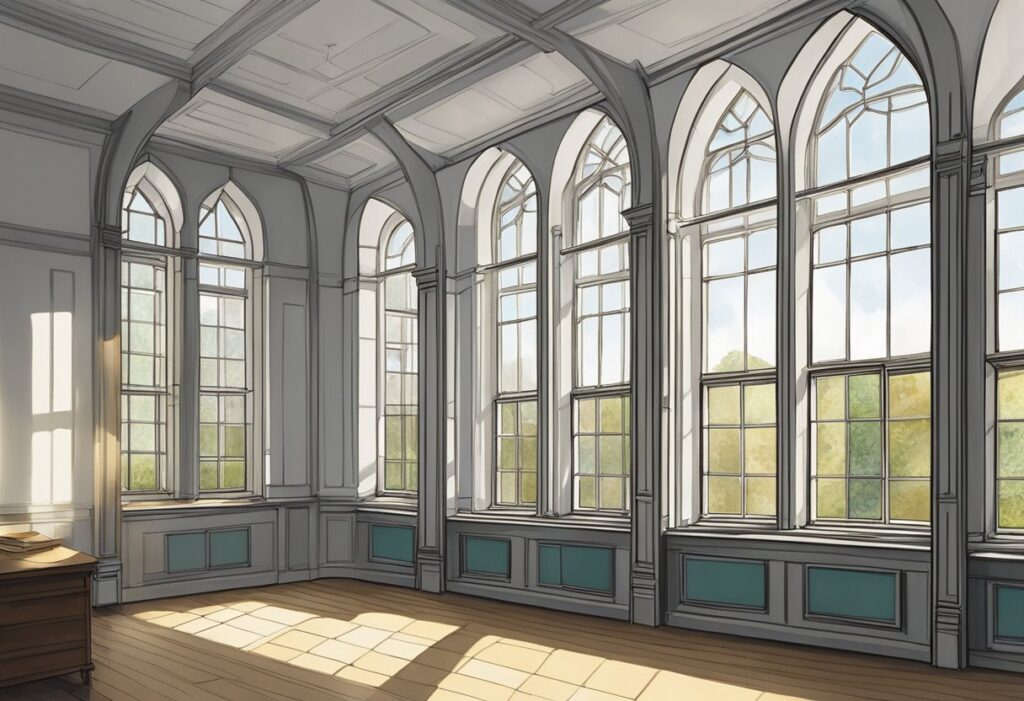
Thin double glazing incorporates modern insulating techniques to improve the performance of windows while preserving the architectural integrity of listed buildings.
Energy Efficiency
Thin double glazing presents significant improvements in energy efficiency for historic properties. It better retains heat due to the insulating vacuum or gas between the two panes of glass. As a result, property owners often observe a reduction in heating bills and an overall increase in thermal comfort.
Aesthetics and Authenticity
One of the primary benefits of thin double glazing is the aesthetic compatibility with historic properties. The slim profile closely resembles the original single glazing, thus maintaining the building’s authentic appearance. Heritage conservation officers typically find this solution more acceptable as it strikes a balance between preserving looks and improving function.
Sound Insulation Properties
The enhanced sound insulation is another advantage. By providing a barrier to external noise, thin double glazing can significantly reduce sound penetration. This feature is critical in urban areas or locations near high-traffic zones, where noise pollution can detract from the living experience within a listed building.
Considerations for Installation in Listed Buildings
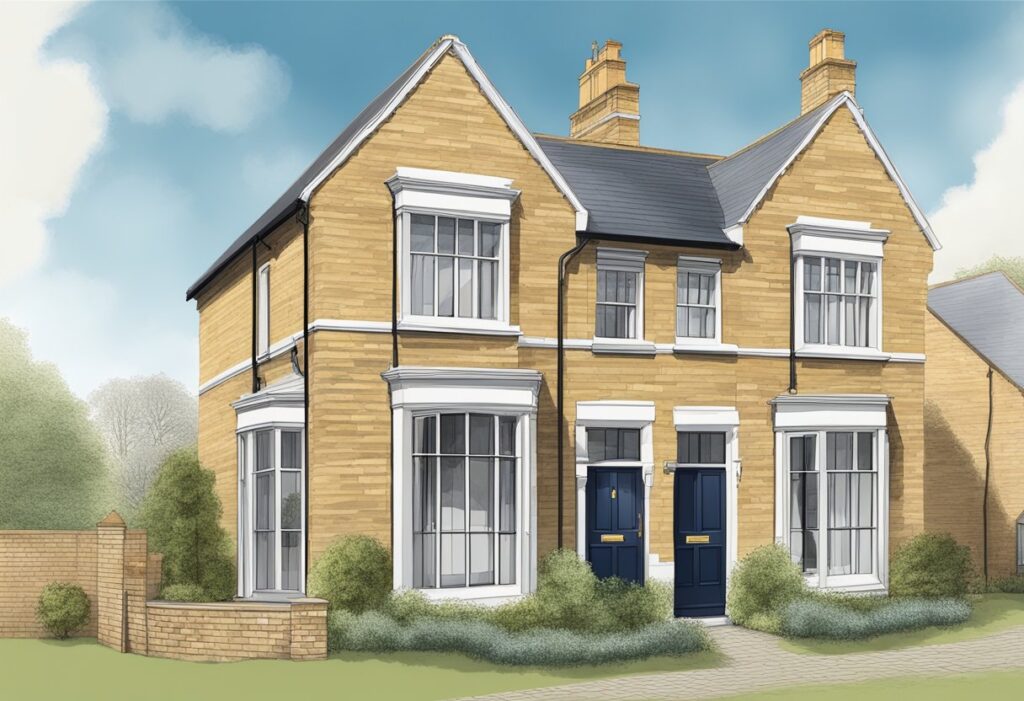
Installing thin double glazing in listed buildings requires careful consideration of regulatory frameworks, the necessity to preserve heritage features, and the management of technical challenges.
Regulatory Compliance and Permissions
In the UK, listed buildings are protected by law, and any alterations must receive consent from the appropriate conservation authority. Owners must submit an application for Listed Building Consent, detailing the proposed glazing work. Documentation should demonstrate that the character of the building will not be adversely affected, and should include:
- Detailed drawings
- A full description of the proposed glazing
- An assessment of the impact on the building’s historical significance
Applications are reviewed case by case, and permission is granted only if the changes are deemed appropriate for the building’s historic character.
Preservation of Historical Character
It is paramount to retain the aesthetic integrity of a listed building when installing thin double glazing. Owners should:
- Choose glazing that resembles the original windows in design, materials, and appearance.
- Consider the size and pattern of the glazing bars to ensure they match the existing style.
- Use traditional methods of installation wherever possible to avoid damaging the historic fabric.
Care should be taken to ensure that any update does not detract from the building’s appearance, which is often a central aspect of its historical importance.
Technical Challenges and Solutions
Installing double glazing in listed buildings presents specific technical challenges that need tailored solutions. Key considerations include:
- Window frames: Ensure they can support the weight of double glazing without compromising the structure. Reinforcement may be necessary.
- Airtightness: Achieve improved thermal efficiency while maintaining adequate ventilation to protect the building from moisture damage.
- Specialist installers: Employ skilled professionals with experience in historical buildings to minimise the risk of damage and ensure compliance with conservation practices.
Solutions often involve careful adaptation of existing frames or bespoke manufacturing of new, replica frames that accommodate the thin double glazing.
Types of Thin Double Glazing Products
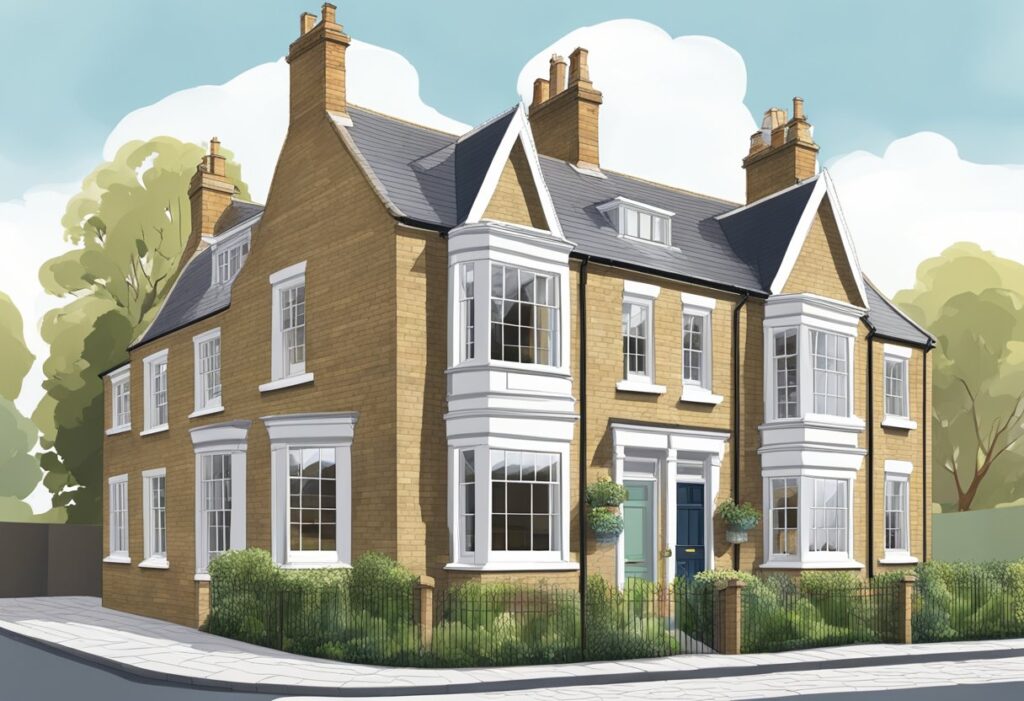
In addressing the need for thermal efficiency in listed buildings, thin double glazing products come in various forms, each designed to integrate seamlessly with the existing aesthetics.
Vacuum Insulated Glazing
Vacuum Insulated Glazing (VIG) is a highly innovative form of double glazing. This product utilises a very fine vacuum layer between two panes of glass, significantly reducing the thickness of the unit. VIG typically measures just 6 to 10 millimetres in overall thickness. Key features include:
- Thickness: As low as 6mm
- U-Value: Approximately 0.7 W/(m²K)
The extremely slim profile makes it suitable for use in historic buildings where traditional double glazing is too bulky.
Secondary Glazing Options
Secondary glazing involves the installation of an additional pane of glass or clear acrylic on the inside of the existing windows. It is a non-intrusive solution that allows for enhanced thermal performance without altering the original windows. Common characteristics are:
- Installation: Non-intrusive, interior addition
- Frame Materials: Can vary, including aluminium and timber
Secondary glazing is highly customisable, which means it can be tailored to meet the specific needs of a listed building.
Case Studies of Thin Double Glazing in Listed Buildings
The implementation of thin double glazing in listed buildings has demonstrated clear benefits in terms of enhanced thermal efficiency while preserving architectural integrity.
Residential Properties
In Somerset, a Georgian townhouse received approval for 12mm thin double glazing, a solution that complied with the strict heritage regulations. The property’s original sash windows could retain their aesthetic due to the minimal profile of the glazing. By installing this thermally efficient glass, the owners reduced heat loss by approximately 60% compared to the original single glazing.
Commercial Buildings
Canterbury Cathedral, a UNESCO World Heritage Site, incorporated thin double glazing into the refurbishment of its office spaces. The 16th-century windows were fitted with 14mm glazing units, significantly decreasing energy consumption. Before and after data confirmed a 50% reduction in heat transfer through the windows, which are crucial elements of the structure’s historical character.
Guidelines for Property Owners
Property owners with listed buildings must adhere to specific regulations when considering thin double glazing. These guidelines are essential for preserving the building’s character while enhancing thermal efficiency.
Finding Qualified Installers
Owners must ensure that installers are skilled in dealing with listed properties. It’s imperative to:
- Search for installers affiliated with The Glass and Glazing Federation (GGF) or The Fenestration Self-Assessment Scheme (FENSA).
- Verify credentials and request examples of previous work on listed buildings.
A table to assist in the selection process:
| Criteria | Why It Matters |
|---|---|
| Accreditation | Ensures adherence to industry standards. |
| Experience | Indicates familiarity with historic property nuances. |
| References | Provides insight into the installer’s reliability and work quality. |
Maintenance and Care
Owners are responsible for the upkeep of thin double glazing to maintain its appearance and performance. They should:
- Conduct regular inspections for any signs of deterioration such as condensation between panes or decay around frames.
- Clean the glass with non-abrasive products to prevent scratching.
Maintenance checklist:
- Monthly: Check for moisture and debris.
- Biannually: Professional inspection of seals and glazing integrity.
- Annually: Review frame condition and repaint if necessary to protect from the elements.
